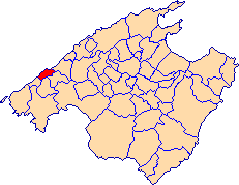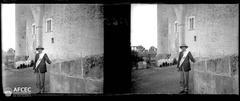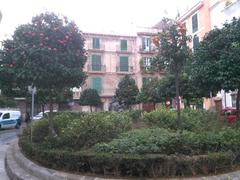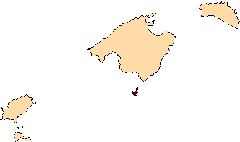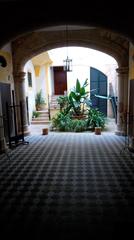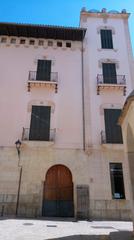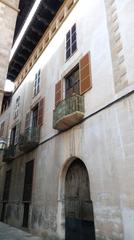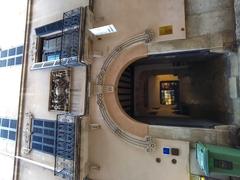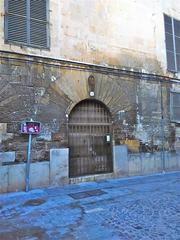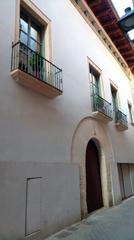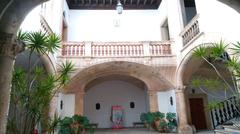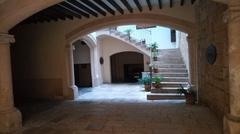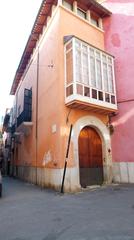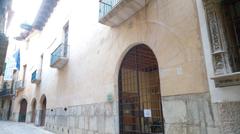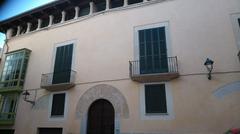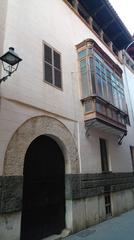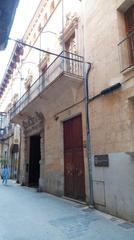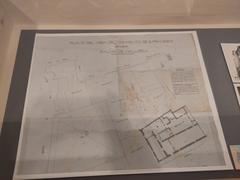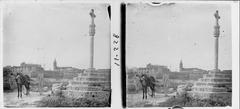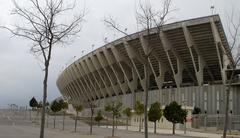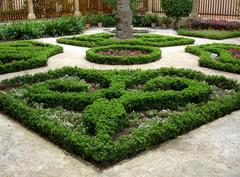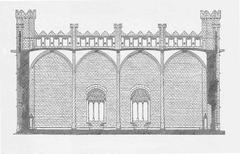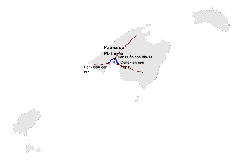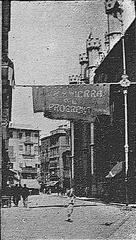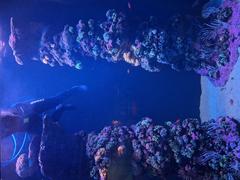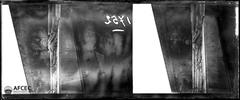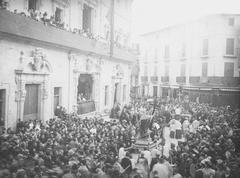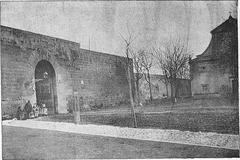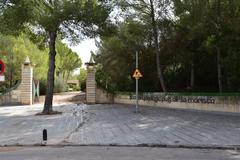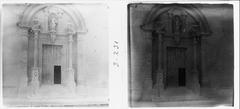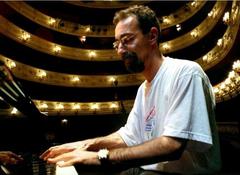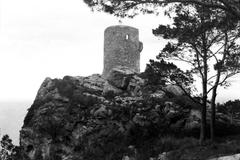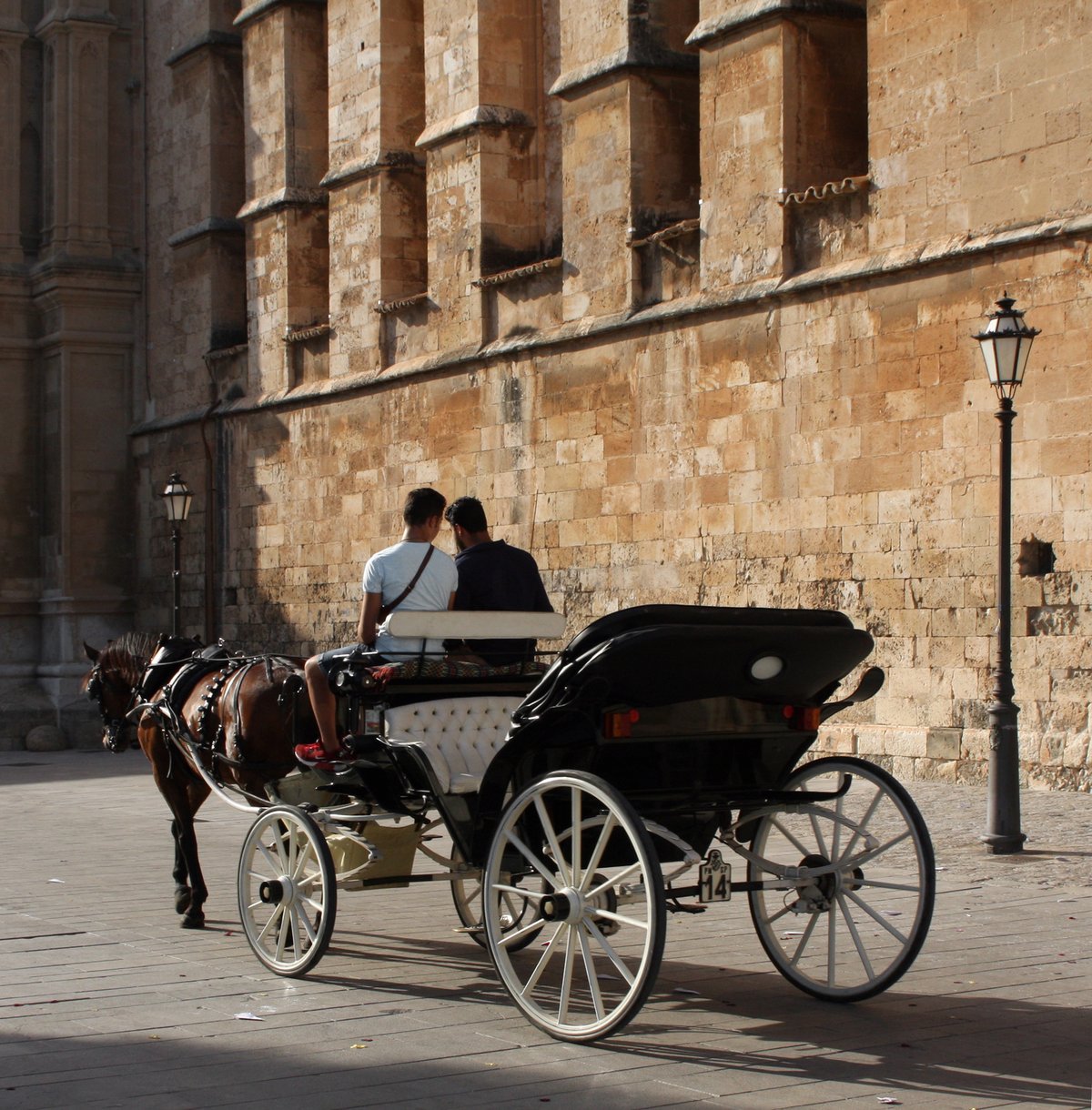
Visiting La Seu in Palma de Mallorca: Hours, Tickets, and Historical Insights
Publication Date: 17/07/2024
Introduction: Discover the Majestic La Seu Cathedral
La Seu, also known as the Cathedral of Santa Maria of Palma, is one of Palma de Mallorca’s most iconic landmarks. This Gothic Roman Catholic cathedral, constructed between 1229 and 1601, symbolizes the Christian reconquest of Mallorca following the island’s capture by King James I of Aragon. Built on the site of a pre-existing Arab mosque, La Seu marks the transition from Muslim to Christian rule and showcases evolving architectural styles over the centuries (source).
Renowned for its stunning Gothic architecture, La Seu features one of Europe’s tallest naves at 44 meters high and houses a vast rose window, the ‘Gothic Eye,’ one of the largest in the world. The cathedral also showcases contributions from notable architects like Antoni Gaudí, who added elements such as a wrought-iron canopy over the main altar during his early 20th-century restorations (source).
Beyond its architectural marvels, La Seu remains an active place of worship and cultural hub, hosting numerous religious ceremonies and cultural events throughout the year. From its historical chapels housing royal tombs to its vibrant art exhibitions, La Seu offers a multifaceted visitor experience. This guide aims to provide comprehensive information on visiting La Seu, including essential tips on tickets, visiting hours, nearby attractions, and accessibility, ensuring that you make the most of your visit to this monumental site.
Table of Contents
- Historical Significance
- Architectural Significance
- Religious Significance
- Cultural Significance
- Visitor Information
- FAQ
- Special Events at La Seu
- Sources and Further Reading
Historical Significance
La Seu is a Gothic Roman Catholic cathedral located in Palma de Mallorca, Spain. Its construction began in 1229, following the conquest of Mallorca by King James I of Aragon, and it was completed in 1601. The cathedral was built on the site of a pre-existing Arab mosque, symbolizing the Christian reconquest of the island. The long construction period, spanning over three centuries, reflects the evolving architectural styles and techniques of the time.
The cathedral stands as a testament to the historical and cultural shifts in Mallorca. It symbolizes the island’s transition from Muslim to Christian rule, marking a significant period in the history of the Balearic Islands. Building the cathedral on the site of a mosque was a deliberate act to assert Christian dominance and erase the Islamic past, a common practice during the Reconquista.
Architectural Significance
La Seu is renowned for its stunning Gothic architecture, characterized by its soaring vaults, intricate stonework, and expansive stained glass windows. The cathedral’s nave is one of the tallest in Europe, measuring 44 meters in height. The interior is illuminated by a vast rose window, known as the “Gothic Eye,” which is one of the largest in the world, with a diameter of 12 meters. This window is composed of 1,236 pieces of stained glass, creating a kaleidoscope of colors that bathes the interior in light.
The cathedral also features a unique blend of architectural styles, reflecting the various periods of its construction. The main façade, for example, was redesigned in the 19th century by the Spanish architect Juan Bautista Peyronnet, incorporating elements of the Neo-Gothic style. Additionally, the renowned Catalan architect Antoni Gaudí was commissioned to restore parts of the cathedral in the early 20th century. Gaudí’s contributions include the addition of a wrought-iron canopy over the main altar and the reorganization of the choir stalls.
Religious Significance
La Seu is not only an architectural marvel but also a significant religious site. It serves as the seat of the Diocese of Mallorca and is an active place of worship. The cathedral hosts numerous religious ceremonies and events throughout the year, including the annual Feast of the Assumption on August 15th, which attracts thousands of pilgrims and visitors.
The cathedral’s chapels are adorned with religious art and relics, including the Chapel of the Holy Trinity, which houses the tombs of King James II and King James III of Mallorca. The Chapel of the Blessed Sacrament, designed by Gaudí’s disciple Josep Maria Jujol, features a striking ceramic altarpiece depicting the Last Supper.
Cultural Significance
La Seu is a cultural landmark in Palma de Mallorca, drawing visitors from around the world. It is a symbol of the island’s rich cultural heritage and a testament to the artistic and architectural achievements of the past. The cathedral’s location, overlooking the Mediterranean Sea, adds to its allure, making it a focal point of the city’s skyline.
Cultural Events
The cathedral also plays a vital role in the cultural life of Palma. It hosts concerts, art exhibitions, and other cultural events, contributing to the vibrant cultural scene of the city. The annual “Festival de Música de la Seu” is a highlight, featuring performances by renowned musicians and attracting music lovers from near and far.
Visitor Information
- Tickets: You can purchase tickets at the entrance or online. Prices are as follows:
- Adults: €8
- Students and Seniors: €6
- Children under 12: Free
- Opening Hours: The cathedral is open from Monday to Saturday, 10:00 AM to 6:15 PM, and closed on Sundays.
- Travel Tips: Consider visiting early in the morning to avoid crowds. Guided tours are available for a more in-depth experience.
- Nearby Attractions: Other historical sites near La Seu include the Almudaina Palace and the Arab Baths.
- Accessibility: The cathedral is wheelchair accessible and provides facilities for visitors with disabilities.
FAQ
- What are the visiting hours for La Seu Cathedral? The cathedral is open from Monday to Saturday, 10:00 AM to 6:15 PM, and closed on Sundays.
- How much are tickets for La Seu Cathedral? Ticket prices are Adults €8, Students and Seniors €6, and Children under 12 free.
- Is La Seu Cathedral accessible for visitors with disabilities? Yes, the cathedral is wheelchair accessible and provides facilities for visitors with disabilities.
Special Events at La Seu
La Seu hosts various special events throughout the year, including religious festivals, music concerts, and art exhibitions. One of the most notable events is the annual Feast of the Assumption on August 15th, which attracts thousands of pilgrims and visitors.
Don’t forget to download our mobile app Audiala for more travel tips and updates. Follow us on social media for the latest news.
Summary and Final Thoughts
Visiting La Seu Cathedral in Palma de Mallorca offers an unparalleled journey through centuries of history, architectural brilliance, and cultural richness. As a symbol of the island’s Christian reconquest, La Seu stands as a testament to the historical shifts that have shaped Mallorca. Its towering Gothic nave, expansive rose window, and contributions from architects like Antoni Gaudí and Miquel Barceló make it a must-visit landmark for anyone interested in history and architecture (source).
The cathedral’s active role in the religious and cultural life of Palma is evident through its numerous ceremonies, art exhibitions, and special events, such as the annual Feast of the Assumption. Accessibility features and guided tours enhance the visitor experience, making La Seu welcoming to all. Nearby attractions like the Almudaina Palace and the Arab Baths further enrich the visit, offering a deeper dive into the region’s historical landscape (source).
Whether you are drawn by its historical significance, architectural splendor, or cultural vibrancy, La Seu Cathedral provides an enriching experience that captures the essence of Palma de Mallorca. To stay updated on the latest events and visitor information, consider downloading the Audiala mobile app or following La Seu on social media for real-time updates and tips (source).


